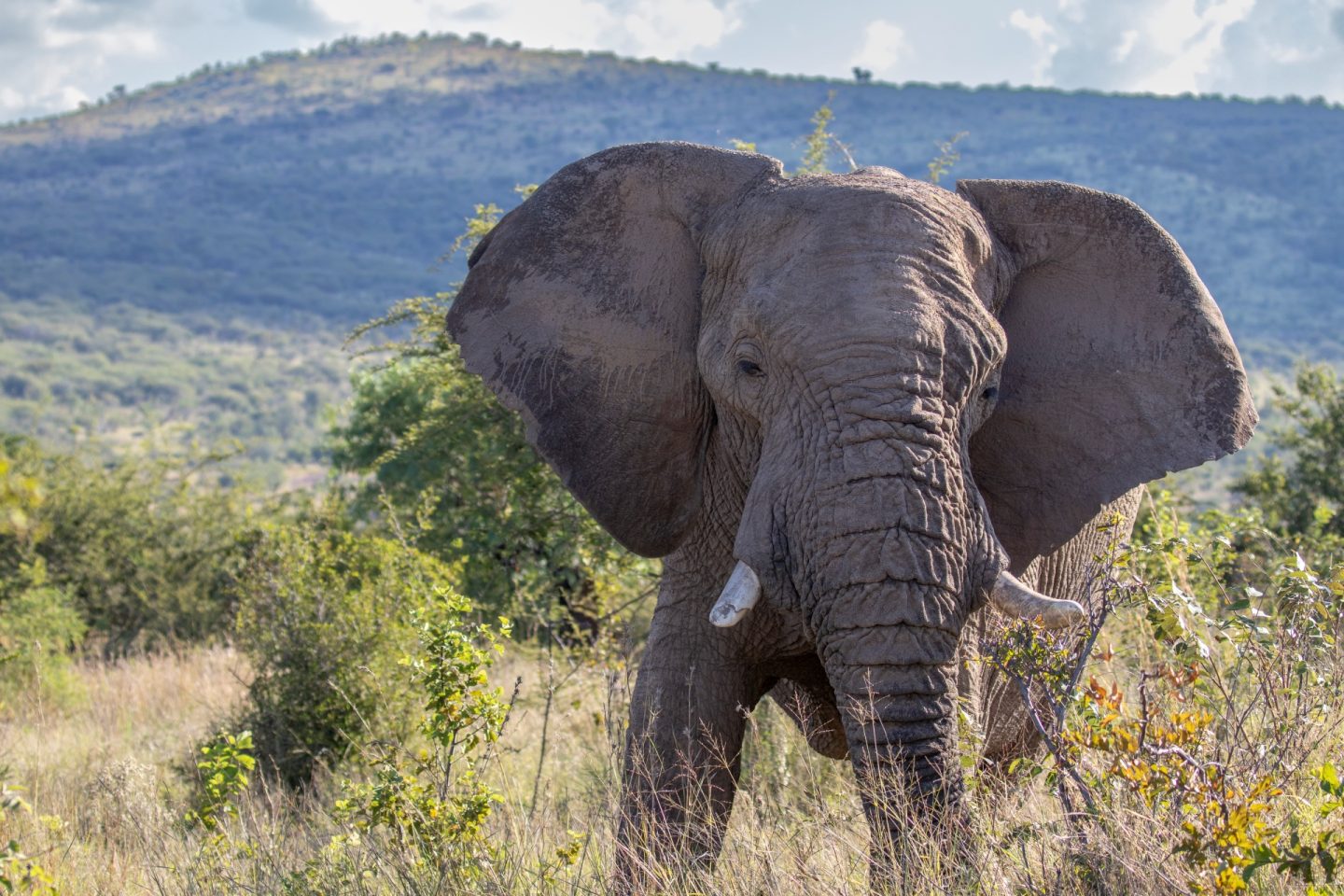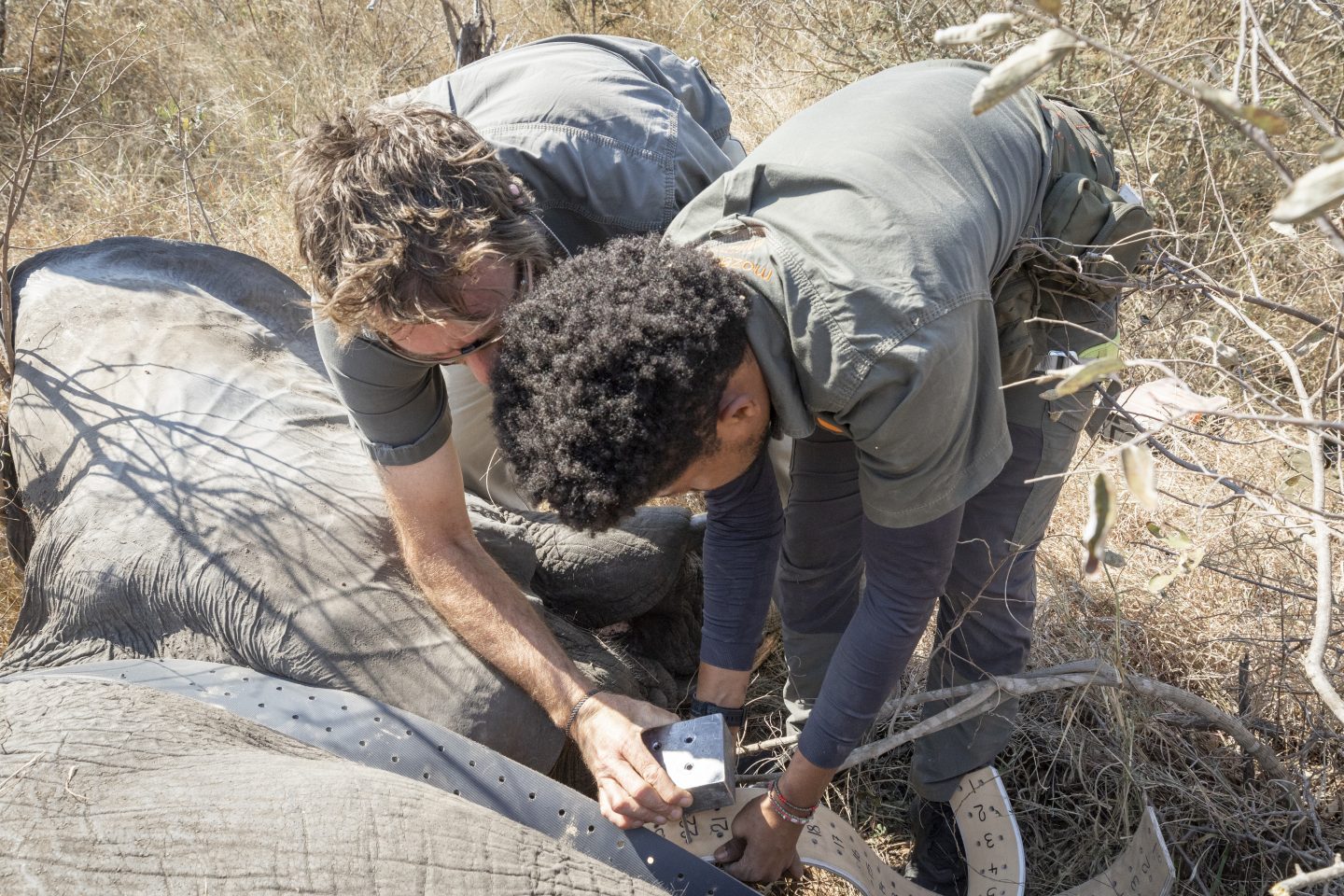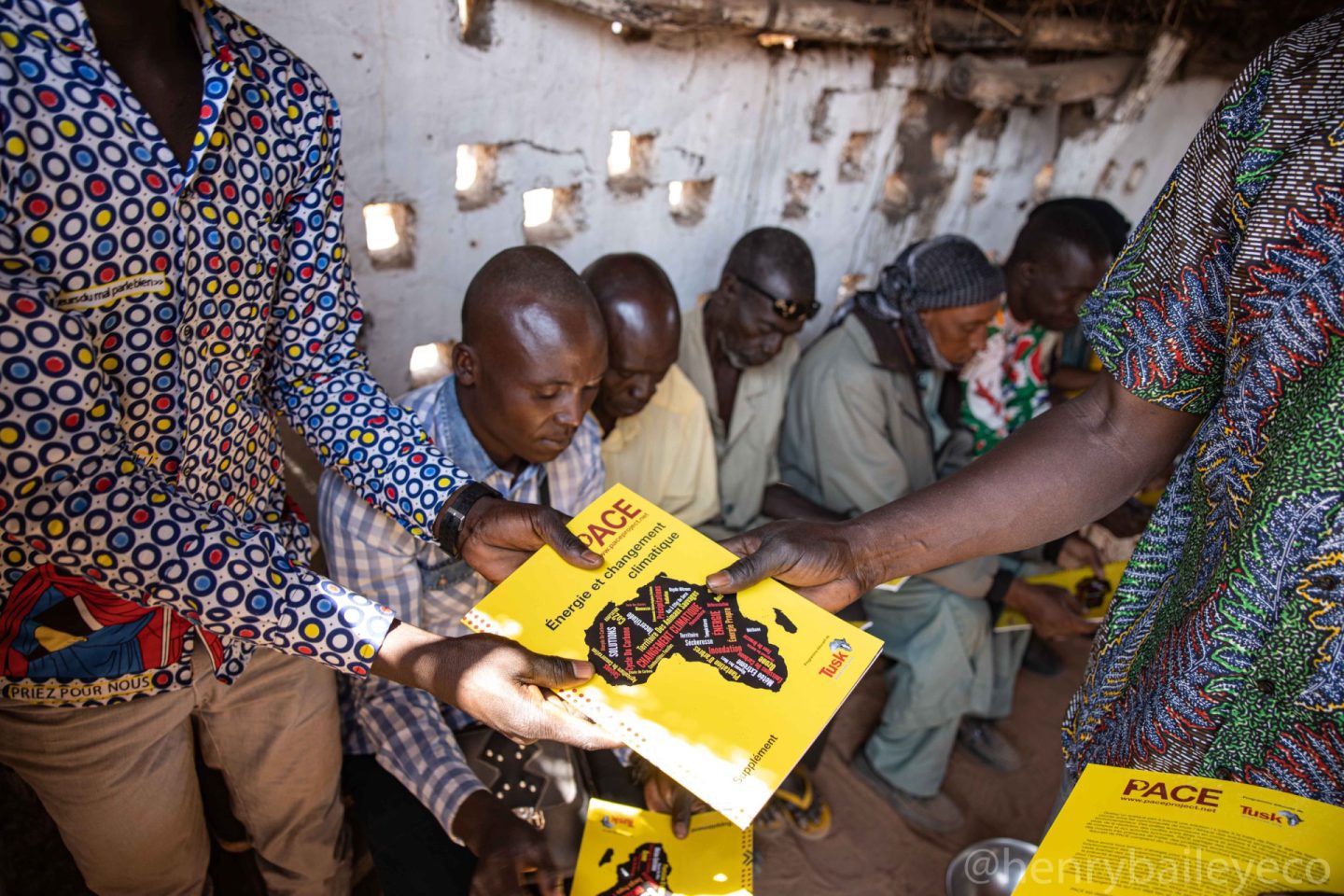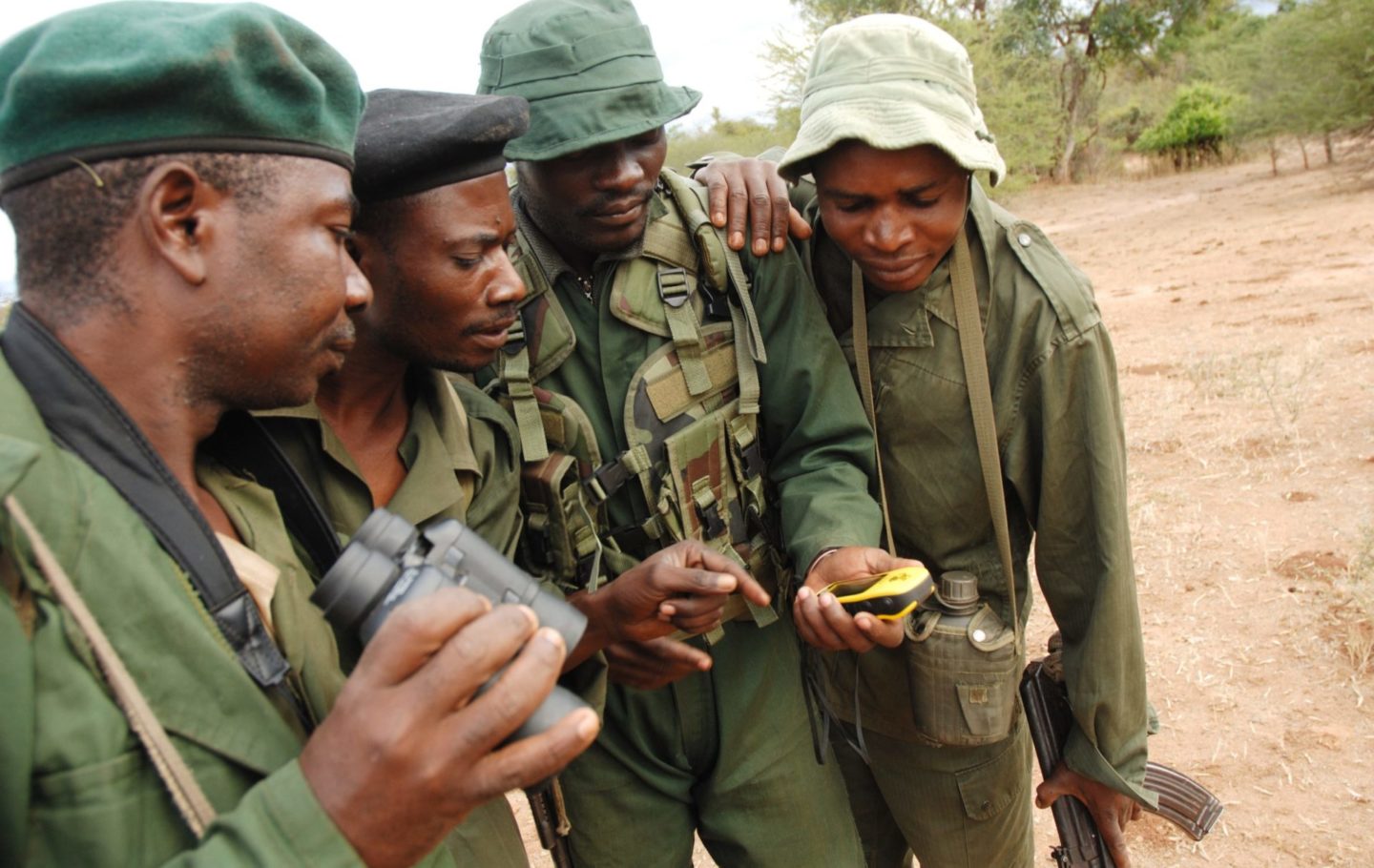
As we look ahead to another year of partnership with Africa’s conservation leaders, the upward trend in trafficking arrests and ivory seizures in southern Africa is of great concern.
Botswana witnessed a surge of reported poaching incidents throughout November and December 2023, shining a light on the increased targeting of elephants in the north of the country. Four separate arrests were made in 10 days in November involving groups of poachers smuggling elephant tusks. At least 68 elephant tusks weighing almost a tonne were seized in Namibia’s eastern area of the Zambezi region, bordering Botswana and Zambia. *
Enforcement agencies have yet to determine the proportion of animals which were poached, and those who died of natural causes, but it has been established that most of the tusks are from elephants poached in Botswana.
Meanwhile, Namibia reported eight elephant poaching incidents – double the 2022 figure. This is relatively low considering its peak of 101 poached elephants in 2015*, but a spokesperson for Namibia’s Ministry of Environment, Forestry and Tourism, Romeo Muyunda, stated that “while we are winning the fight against the illegal killing of rhinos, elephant poaching is picking up.”
As a result, Botswana and Namibia have come together in a joint investigation and have increased their patrol teams across northern Botswana. This collaboration is vital. Some of the arrests occurred after a tipoff that “Namibia’s Zambezi Region is being used as a transit route to smuggle tusks of poached elephants from Botswana to Zambia” said Lesego Kgomanyane, the spokesperson for Botswana’s Ministry of Environment and Tourism.
Elsewhere, South Africa reported a loss of 32 elephants to poaching* during the 2022-23 financial year – increase from nine poached elephants in the previous period. In Kenya, two people were arrested in December in possession of six pieces of elephant tusk, with a value of 1.2m Kenyan Shillings*. The poached tusks are suspected to have come from nearby Samburu parks.
Whilst the full picture of elephant poaching from 2023 is still emerging, it is concerning to see an increase in poached elephants across any country, even though increased law enforcement stopped these seized tusks from getting into the market.
Furthermore, elephant poaching rates vary widely across the African Continent. In Zimbabwe’s Hwange National Park, which holds the world’s largest population of elephants, no elephants were poached last year, thanks to tough anti-poaching measures and deterrents, such as the mandatory nine-year sentence for poaching prosecutions. *
Although the biggest threat to elephants in Hwange is no longer poaching, their ever-decreasing natural habitat and ability to deal with climate change is forcing them into greater conflict with people; a pattern that is increasingly common across the continent. Despite the positive news of a decrease in poaching, extreme drought and late rain claimed the lives of more than 110 elephants across the park in 2023.
Elephant populations across Africa remain widely and unevenly distributed. Recent research has highlighted nine conservation clusters of elephant populations containing over 290,000 elephants across 103 protected areas. Of these nine conservation clusters, three have been flagged as cause for concern. The Niassa cluster containing Tanzania’s and Mozambique’s elephant populations has witnessed a decline of 9% across a 24-year study period between 1995 – 2020. * The Luangwa cluster has seen a 7% decrease and the Zambezi cluster showed a 5% decline.
The six remaining conservation clusters have all seen an increase in population growth. The Chobe cluster, which holds 59% of elephants in southern Africa, containing protected areas, buffer zones and isolated protected areas, has seen an almost 3% increase, reinforcing that connected populations have significantly higher growth rates, and combined with protected areas can help stabilise endangered savannah elephants.
Whether protecting habitat, promoting human-elephant coexistence or preventing poaching, Tusk continues to support a number of projects that focus on elephants. Their conservation will remain a priority of ours while the threats to their future survival continue to increase and evolve.



